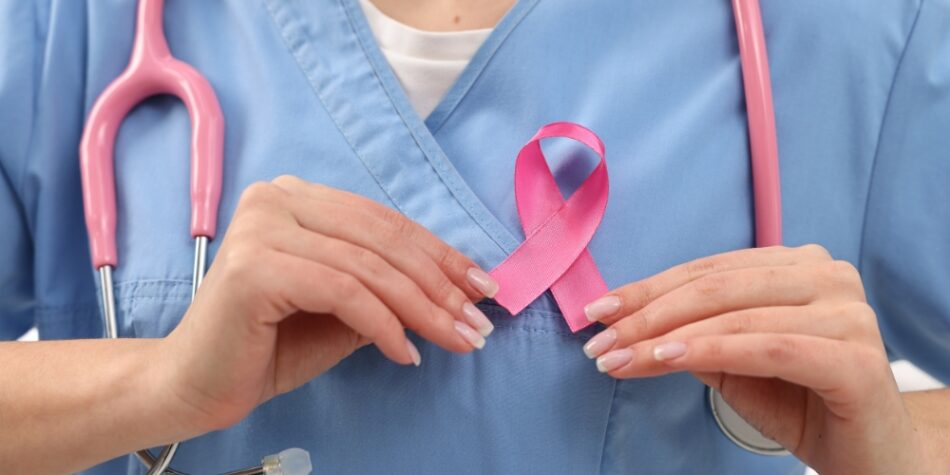Breast cancer is an increasingly urgent global health issue, emerging as the most commonly diagnosed cancer in women and showing a rising trend over the past several years.
Alarmingly, there has been a significant surge in cases among women aged 35 to 45 over the last decade.
While having a family history does elevate the risk, genetic factors are responsible for just 10%-15% of cases; the majority occur in women without identifiable risk factors beyond gender and age. However, a breast cancer diagnosis does not imply a fatal outcome.
Through proactive efforts to lower risk factors and emphasize early detection, breast cancer can be both prevented and treated successfully. Regular screenings, including self-exams, clinical breast exams, and mammograms, are essential for identifying irregularities early, leading to better treatment outcomes.
Mammograms play a crucial role in the timely and precise detection of breast cancer. Despite their importance, many women face barriers to accessing these screenings, with misconceptions about mammograms being a major challenge.
In observance of Breast Cancer Awareness Month, the focus is on dispelling these myths and providing life-saving insights. Here are five common misconceptions about mammograms and breast cancer screening:

Myth 1: Mammograms are unnecessary if you are symptom-free or have no family history.
Reality: It is recommended that all women aged 40 and above undergo annual mammogram screenings, regardless of whether they have symptoms or a family history of breast cancer
Myth 2: Mammograms expose you to harmful radiation levels.
Reality: Mammograms use low-dose X-rays that are designed to apply the smallest amount of radiation necessary for producing clear breast images while minimizing risks.
The radiation from a mammogram is equivalent to the natural exposure a person would get over two months, making it safe.
The benefits of early cancer detection far outweigh the minimal radiation risks. Moreover, technological advances have reduced the duration of exposure by making the procedure quicker.
Myth 3: You need a doctor’s referral to get a mammogram.
Reality: A prescription or physician consultation is not required to schedule a mammogram. Women can choose to have this screening as part of their annual preventive care on their own.
Selecting a medical facility equipped with the appropriate technology is key.
Myth 4: Younger women do not need mammograms due to a lower risk of cancer
Reality: The ideal age for starting mammogram screenings varies based on an individual’s risk factors for breast cancer.
Those with a family history or known genetic mutations (BRCA 1 or 2) may need to begin screening as early as age 30, or sooner based on medical advice.
With lifestyle and hormonal changes, including early onset of menstruation, breast cancer rates are increasing among younger women. Exposure to radiation during crucial development periods, such as childhood or adolescence, is also a recognized risk factor.
Myth 5: Mammograms can detect all breast abnormalities.
Reality: Although mammograms are essential for breast cancer screening, dense breast tissue—which is more common in younger women—can make it harder to detect abnormalities.
This density can obscure cancerous areas, complicating detection. When necessary, physicians may recommend additional imaging tests, such as breast ultrasounds or MRIs, to aid in diagnosis.
By addressing these myths, we aim to promote better understanding and encourage more women to take proactive steps toward early breast cancer detection.


